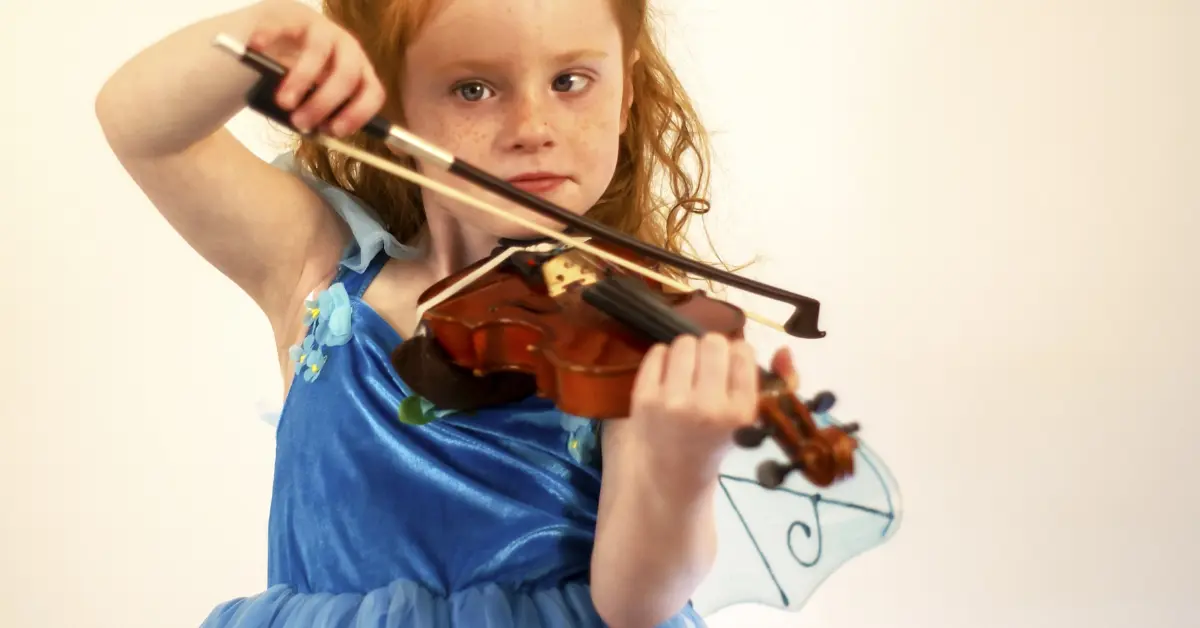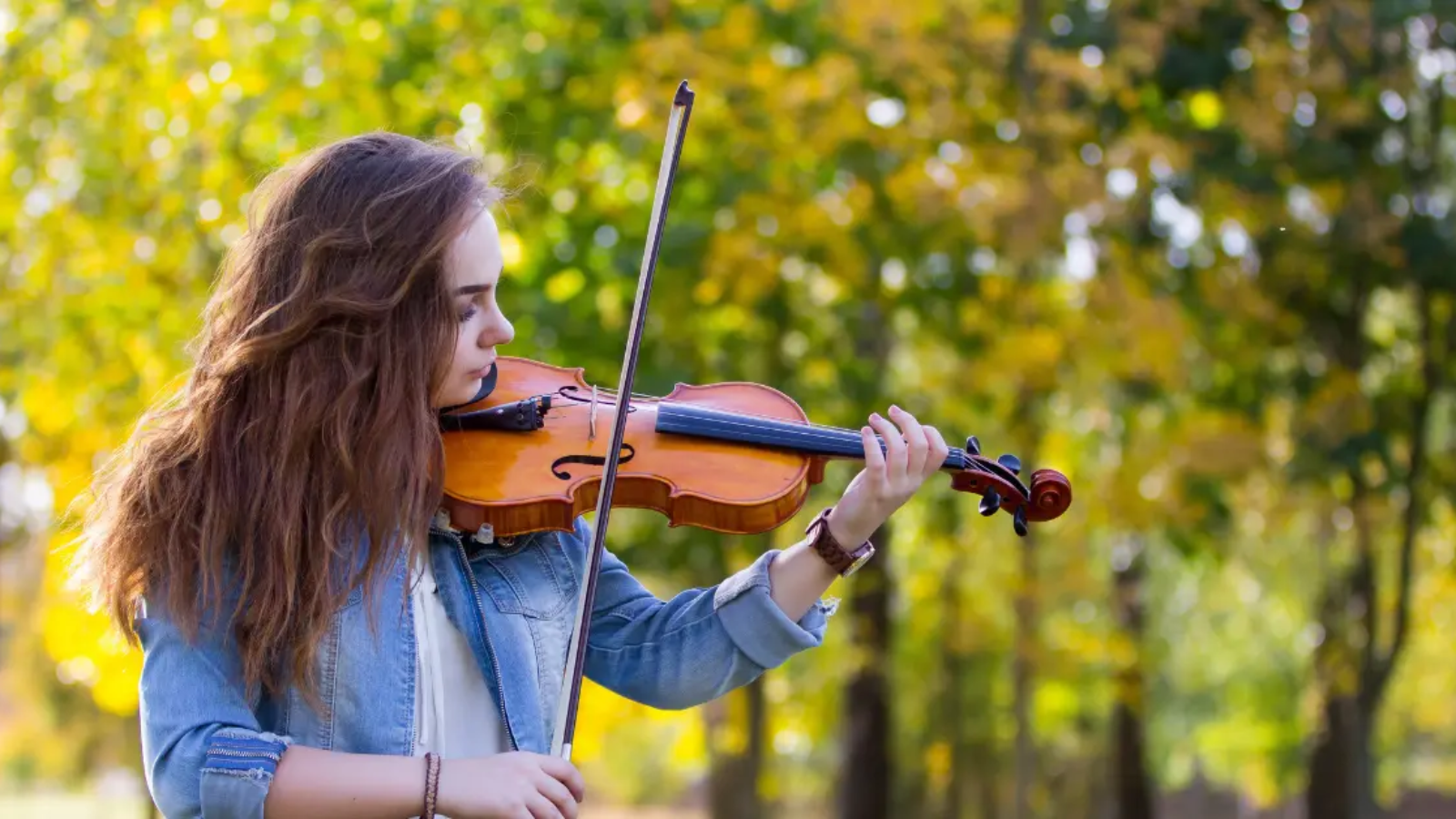Find out how to choose the best violin for child beginners with confidence

Choosing the right musical instrument for a child can be both exciting and challenging, especially when it comes to the violin. The violin is a wonderful instrument that not only introduces children to the world of music but also helps improve their focus, discipline, and coordination. However, buying a violin for a child isn’t as simple as picking the first one you see. The size, quality, comfort, and budget all play vital roles in determining the perfect match. In this guide, we will walk you through how to choose the best violin for a child so you can make a confident and informed decision.
1. Understand Why Size Matters
One of the most important factors in choosing the right violin for a child is size. Unlike adults, children need a violin that matches their arm length and height.
1.1 How to Measure for Size
Ask your child to fully extend their left arm sideways, palm facing upward. Measure the distance from the neck to the center of the palm in inches. This measurement can be used to determine the correct violin size.
1.2 Violin Size Chart for Children
Here’s a general size guide:
- 1/16 Size: Arm length 14”–15.5”
- 1/10 Size: Arm length 15.5”–17”
- 1/8 Size: Arm length 17”–17.5”
- 1/4 Size: Arm length 17.6”–20”
- 1/2 Size: Arm length 20”–22”
- 3/4 Size: Arm length 22”–23.5”
- 4/4 Size (Full): Arm length 23.5” and above
1.3 Trying Before Buying
Whenever possible, let your child hold and play the violin to test the size. The elbow should not stretch too far, and the fingers should be able to comfortably reach the scroll.
2. Choose Between Renting and Buying
If your child is just starting out or still growing, you may wonder whether renting or buying is the best option.
2.1 When to Rent
Renting is ideal for beginners or children under 12 who will quickly outgrow their instrument. Rental options often include maintenance services and size exchanges.
2.2 When to Buy
If your child is showing commitment and passion, and is almost ready for a full-size violin, buying may be a more cost-effective and long-term solution.
3. Consider the Build Quality
Not all violins are made the same. The material and craftsmanship affect the sound, durability, and playability.
3.1 Tonewoods Matter
Look for violins made from solid tonewoods like spruce for the top and maple for the back, sides, and neck. Avoid instruments made of laminated wood or plastic.
3.2 Factory-Made vs. Handmade
Handmade violins tend to produce richer tones, though they may cost more. Factory-made violins are often more affordable but may need adjustments for optimal performance.
3.3 Inspect the Fittings
Check for ebony fittings (fingerboard, pegs, chin rest) for durability. Poor-quality fittings can warp or break easily.
4. Pay Attention to the Bow and Accessories
The violin is just one part of the package. A poor-quality bow or accessories can hinder a child’s learning experience.
4.1 Quality of the Bow
Bows made from brazilwood or carbon fiber are preferable for beginners. The bow should feel balanced in the hand and have good tension adjustment.
4.2 Rosin and Strings
Make sure rosin is included and that the violin comes with good-quality strings. You can always upgrade the strings later for better tone.
4.3 Case and Shoulder Rest
A hard case with padding and a comfortable shoulder rest are essential for safe transportation and better ergonomics.
5. Check Sound and Playability
Even a child’s violin should produce a pleasing sound. A harsh or muted tone can make learning discouraging.
5.1 Test the Sound
Play or ask someone to play the violin in-store. Listen for warmth, clarity, and volume. Beginners benefit from a violin that is easy to play and has responsive sound.
5.2 Playability for Small Hands
Ensure the fingerboard is smooth and not too wide. Pegs should turn easily, and the strings should not be set too high above the fingerboard.
6. Consider Your Budget
Price varies widely between entry-level and intermediate violins.
6.1 Entry-Level Violins
Beginner kits can range from ₹3,000 to ₹10,000. These include the violin, bow, case, and rosin. Brands like Kadence, Vault, and Cecilio offer good options.
6.2 Intermediate and Branded Violins
As your child progresses, consider upgrading to violins in the ₹15,000–₹30,000 range. These often come with better craftsmanship and tonewoods.
6.3 Invest Wisely
A poorly made violin might discourage a child. If your budget is tight, it’s better to rent a good violin than to buy a bad one.
7. Seek Guidance from a Teacher
If your child has a music teacher, consult them before buying.
7.1 Get Expert Opinions
Teachers know what works best for beginners and can guide you on suitable brands, sizes, and where to purchase.
7.2 Test Options Together
Some teachers may allow the child to bring the violin to class for assessment before finalizing the purchase.
8. Look for Trusted Brands
Some violin brands are known for reliability and quality, especially for young learners.
8.1 Recommended Brands for Beginners
- Stentor
- Cremona
- Cecilio
- Mendini
- Kadence
8.2 Avoid Toy-Like Instruments
Instruments labeled as “toy” violins may be cheaper but are not functional for real practice and learning.
9. Buy from Reputed Sellers
Where you buy is just as important as what you buy.
9.1 Local Music Stores
Visiting a local music store allows your child to try different violins and get expert recommendations.
9.2 Online Marketplaces
If buying online, ensure it’s from a reputed seller with good return policies. Always read reviews and product details carefully.
9.3 Warranty and Return Policy
Choose sellers that offer returns, exchanges, and at least a one-year warranty for added peace of mind.
10. Support Your Child’s Journey
Buying a violin is just the beginning. Encouragement and support are crucial in nurturing your child’s love for music.
10.1 Set Realistic Expectations
Progress may be slow in the beginning. Celebrate small wins and avoid pressuring your child to perform.
10.2 Schedule Practice Time
Create a routine with short but regular practice sessions to build discipline and skill.
10.3 Join a Community
Enroll your child in group classes or youth orchestras. Learning with peers is motivating and fun.
Conclusion
Choosing the best violin for a child is a meaningful decision that can ignite a lifelong passion for music. From understanding violin sizes to evaluating sound quality and accessories, every detail counts. The right instrument can make all the difference in your child’s learning journey—helping them feel confident, comfortable, and inspired to grow. Whether you’re a parent new to music or someone looking to nurture talent from a young age, following the steps in this guide will empower you to make the smart, confident choice. Remember, a well-chosen violin isn’t just a gift—it’s an investment in your child’s creativity and future.
At NMS Musicals, we offer a comprehensive range of musical instruments, including percussion, string, wind, and keyboard instruments. Our services encompass sales, expert servicing, and the manufacture of leather instruments. Explore our diverse collection and find the perfect instrument to suit your musical needs.
Visit our website to browse our offerings: nmsmusicals.in
For a closer look at our products, check out our shop page: nmsmusicals.in/shop
Stay connected with us through our social media channels:
- Facebook: https://www.facebook.com/nmsmusicalinstruments/
- Instagram: https://www.instagram.com/nmsmusicals/?hl=en
- YouTube: youtube.com/@nmsmusicals
Our shop locations are:
- Puducherry: 149, Perumal Koil Street, Heritage Town, Puducherry, 605001.
Map Link: https://maps.app.goo.gl/ejDwBBFEJmd3szxk7 - Chennai: No: 1, 1st Floor, Kandigai Street, TVS Nagar, Korattur, Chennai – 600076.
Map Link: https://maps.app.goo.gl/7oXmB6X7KQsqeuuw9
For inquiries, contact/Whatsapp us at 9500663895 or email us at laxman.m89@gmail.com.
Discover the world of musical instruments with NMS Musicals today!
For a visual overview of our percussion instruments, watch the following video:


 Cart is empty
Cart is empty 
Leave A Comment
You must be logged in to post a comment